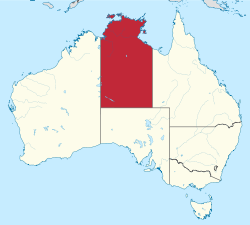| Trithuria cookeana Temporal range: Lower Pliocene – Recent [1] | |
|---|---|
| Scientific classification | |
| Kingdom: | Plantae |
| Clade: | Tracheophytes |
| Clade: | Angiosperms |
| Order: | Nymphaeales |
| Family: | Hydatellaceae |
| Genus: | Trithuria |
| Section: | Trithuria sect. Altofinia |
| Species: | T. cookeana |
| Binomial name | |
| Trithuria cookeana | |
 | |
| Trithuria cookeana is endemic to the Northern Territory, Australia [2] | |
Trithuria cookeana is a species of aquatic plant in the family Hydatellaceae endemic to the Northern Territory, Australia. [2]